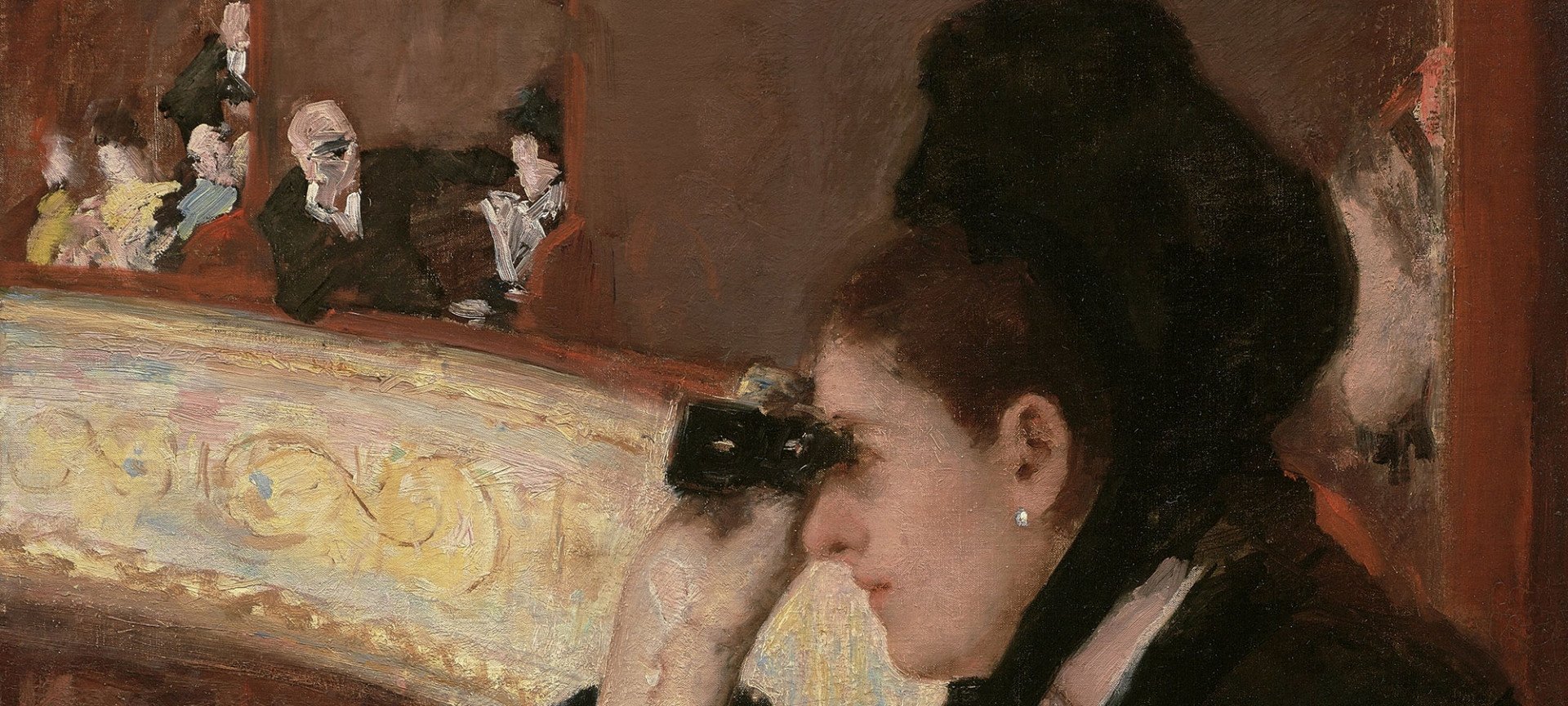




Dir: Ali Ray, Writer: Phil Grabsky | Biopic, 74′
Mary Cassatt is often described as the most misunderstood of all the Impressionist artists but her work, and particularly her print-making was groundbreaking in showing 19th women actively engaged in their lives rather than merely as passive or decorative figures. Her radical images showed them to be intellectual, feminine and real, which was a major shift in the way women generally appeared in art during the 19th century. Part of the Exhibition of Screen series this new documentary biopic is directed by Ali Ray (Frida Kahlo) and written by Phil Grabsky (Hopper).
In 1844, Cassatt was born into a privileged and well-connected family in Allegheny near Pittsburgh which was then one of the largest cities in America. Beginning her career in the early 1860s, she, like other women artists, were not allowed to work from nude models so she honed her figurative painting by copying from plaster-castes. After the American civil war ended, she went to Paris where she found a stimulating art scene and studied under Jean-Leon Jerome, visiting the Louvre each day to gain inspiration and socialise with other artists of the day.
In 1867 she headed to Northern France to join an art colony in the town of Ecouen. Here she painted The Mandolin Player 1868, her first work to be accepted in a Paris salon, later returning back home, during the Franco Prussian War. But success eluded her on the home front, and she came to the realisation that her future lay in Europe where she was later welcomed into an artistic community in Parma, and then to Spain in 1872 where she settled in Seville and came under the influence of Hispanic painters and local styles.
Back in Paris, the rebuilding after the war provided a boost of creative energy and Cassatt met Edgar Degas who had seen her work at the Academy des Beaux Arts and invited her to exhibit with the more radical Impressionists, after some false starts with the Salon des Refusés.
By 1878 she was collaborating with Degas. And the arrival of her parents and her sister Lydia provided her with support for socialising freely and making new connections. It was during this time she began working as a printmaker – a process involving etchings transferred onto a coated copper plate. With this distinctive style, she made a name for herself in works like The Lamp, so by age of 42 she was ready to show independently.
Cassatt’s career eventually encompassed not only painting and print-making but using the sale of her work to support the Women’s Suffrage Campaign. And by her sixties she had also become invaluable as an art advisor encouraging her fellow Americans on how to purchase French Impressionist paintings and build collections. Her successful career came to a close in 1914.
The world’s most eminent Cassatt curators enlighten this story of social and cultural change; a time when women were fighting for their rights, with the language of art being completely re-written. Mary Cassatt and her modern women were at the heart of it all. Sadly there is no mention here the outstanding female Impressionist, her French colleague Berthe Morisot.
In UK cinemas to coincide with International Women’s Day on March 8th 2023.